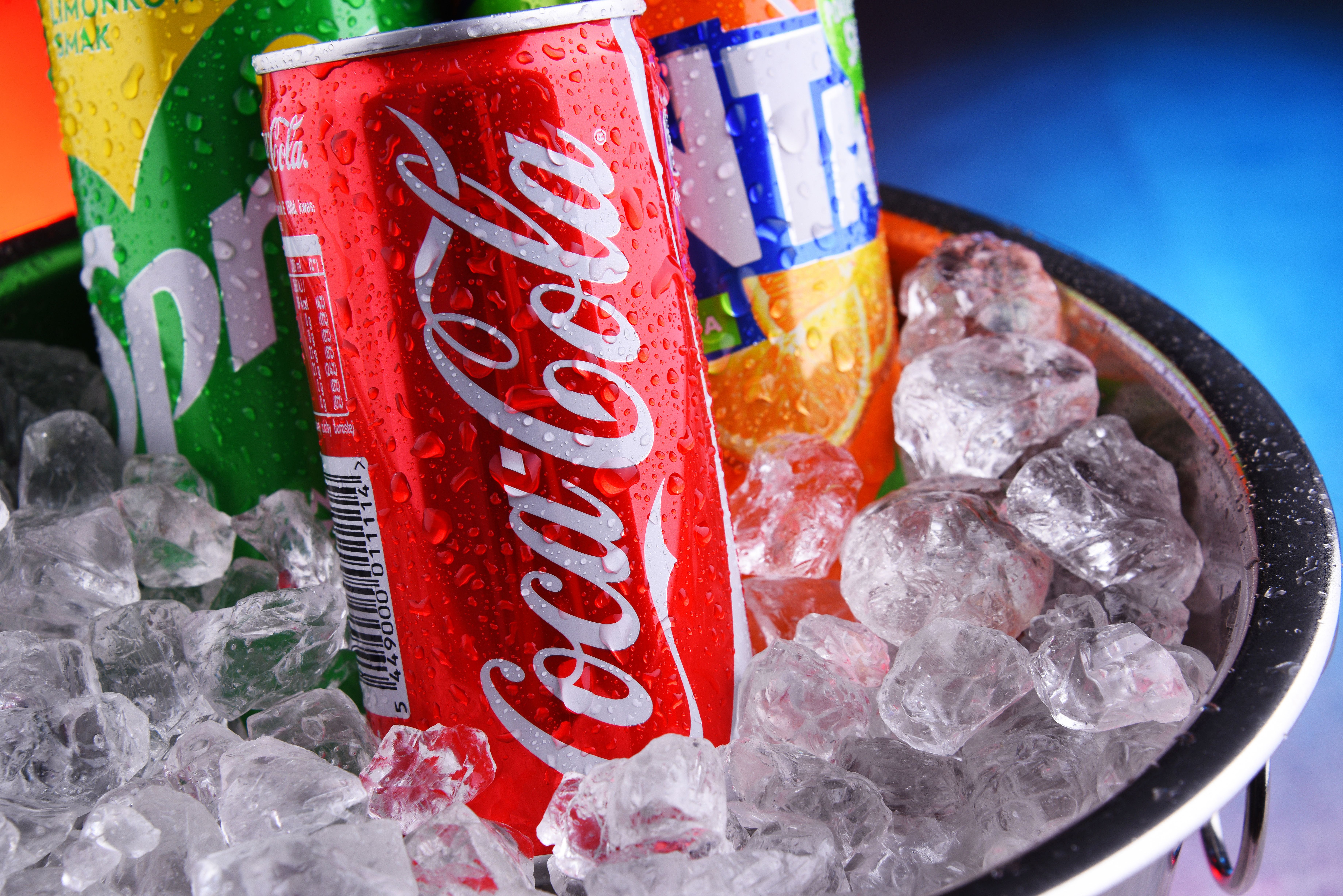Novel Fluorescent Sensor Developed for Lemon Yellow Detection
A recent study introduced a new fluorescence sensor that can properly determine lemon yellow in various samples.
A recent advancement in food analysis technology has been tested and proven to be effective at accurately determining lemon yellow in food products, according to a study published in Spectrochimica Acta Part A: Molecular and Biomolecular Spectroscopy (1).
Lemon yellow is a food dye that is used in many food products, including cereal, sodas, gelatins, yogurt, sauces, and juices, among others (1). It is an artificial product that dissolves in water (2). Food, Drug, & Cosmetic (FD&C) Yellow No. 5 food dye, known as tartrazine, is popular because manufacturers can use it to make numerous other food dyes for other food and beverage products (2). This dye is what is termed an artificial food color (AFC) approved for food use by the US FDA (Read More). Because of its ubiquitous presence in the food and beverage industry, and health concerns about long-term exposure, monitoring the amount of yellow 5 food dye in food products is important to ensure quality.
Cans of assorted Coca Cola Company soft drinks | Image Credit: © monticellllo - stock.adobe.com

A study in 2020 explored this issue in depth. In the study, the research team used a fluorescent probe to determine the concentration of citric yellow in soft drinks using the quantum dot fluorescence quenching method (3). A team of researchers from Sichuan University of Science and Engineering in Zigong, China, continued investigating this issue by developing their own fluorescence probe and unique analytical method. Lead authors Xiu-Juan Jiang and Yuan Ma introduced a new fluorescent sensor that can precisely determine lemon yellow using nitrogen-doped carbon quantum dots (N-CQDs) (1).
By employing a hydrothermal method using dried pomelo peel and L-tyrosine, the researchers built their fluorescence sensor with analytical sensitivity in mind. The N-CQDs emit blue fluorescence with a quantum yield of 28%, which allowed researchers to detect trace amounts of lemon yellow (1). The sensor operates on a principle of static quenching, efficiently detecting and quantifying lemon yellow in various samples (1).
Fluorescence static quenching happens when a fluorophore (light-emitting molecule) bonds with an analyte molecule (the quencher, which in this case is Yellow No. 5 dye) to form a stable combination that does not fluoresce. This fluorophore-analyte interaction causes the fluorophore's light to dim or completely disappear. In static quenching, the molecules connect or bind and stay together before any light is emitted, creating a "quiet" (non-fluorescent) complex. The dimming of signal during this process can depend on conditions like temperature, pH, or the concentration of the analyte (quencher) present.
Most importantly, the research demonstrates the sensor's robustness against potential interfering substances commonly found in food additives and metal ions. During the study, the researchers confirmed that N-CQDs maintain their selectivity throughout the duration of the experiment, showcasing minimal interference from a plethora of additives and ions (1). This attribute underscores the sensor's reliability in real-world applications, particularly in complex food matrices.
Moreover, the sensor's simplicity, efficiency, and cost-effectiveness position it as a frontrunner in food analysis methodologies (1). By leveraging pomelo peel as a carbon source, the synthetic process not only reduces environmental impact, but it also offers a viable solution for large-scale production (1).
With a detection limit of 0.023 mg/L, the N-CQD-based sensor showcased better results than the national standards, promising improved accuracy in lemon yellow detection (1).
As a result, Jiang and Ma's study advances food analysis technology, offering a powerful solution for the detection of lemon yellow. The remarkable sensitivity, selectivity, and practicality of the N-CQD sensor pave the way for enhanced quality assurance and production control in the food industry where this dye is used.
References
(1) Jiang, X.-J.; Ma, Y.; Zhou, Y.; et al. Green One-Step Synthesis of N-doped Carbon Quantum Dots for Fluorescent Detection of Lemon Yellow in Soft Drinks. Spectrochimica Acta Part A: Mol. Biomol. Spectrosc. 2024, 316, 124305. DOI: 10.1016/j.saa.2024.124305
(2) WebMD, What to Know About Yellow 5 Food Dye. Available at: https://www.webmd.com/diet/what-to-know-yellow-5-food-dye
(3) Li, Q.; Yang, Q.; Zhou, S.; Yang, J. A Simple Fluorescence Probe for Lemon Yellow in Drink. Int. J. Environ. Anal. Chem. 2020, 101 (14), 1–8. DOI: 10.1080/03067319.2019.1700967
New Study Reveals Insights into Phenol’s Behavior in Ice
April 16th 2025A new study published in Spectrochimica Acta Part A by Dominik Heger and colleagues at Masaryk University reveals that phenol's photophysical properties change significantly when frozen, potentially enabling its breakdown by sunlight in icy environments.
Tracking Molecular Transport in Chromatographic Particles with Single-Molecule Fluorescence Imaging
May 18th 2012An interview with Justin Cooper, winner of a 2011 FACSS Innovation Award. Part of a new podcast series presented in collaboration with the Federation of Analytical Chemistry and Spectroscopy Societies (FACSS), in connection with SciX 2012 ? the Great Scientific Exchange, the North American conference (39th Annual) of FACSS.
Can Fluorescence Spectroscopy Evaluate Soil Dissolved Organic Matter Dynamics?
February 20th 2025A new study published in Chemical Engineering Journal by researchers from Northeast Agricultural University in China reveals that biochar aging, influenced by environmental factors like UV exposure and wet-dry cycles, alters dissolved organic matter composition and affects its effectiveness in remediating cadmium-contaminated soil.
New Fluorescent Raman Technique Enhances Detection of Microplastics in Seawater
November 19th 2024A novel method using fluorescence labeling and differential Raman spectroscopy claims to offer a more efficient, accurate approach to detect microplastics in seawater. Developed by researchers at the Ocean University of China, this method improves both the speed and precision of microplastic identification, addressing a key environmental issue affecting marine ecosystems.